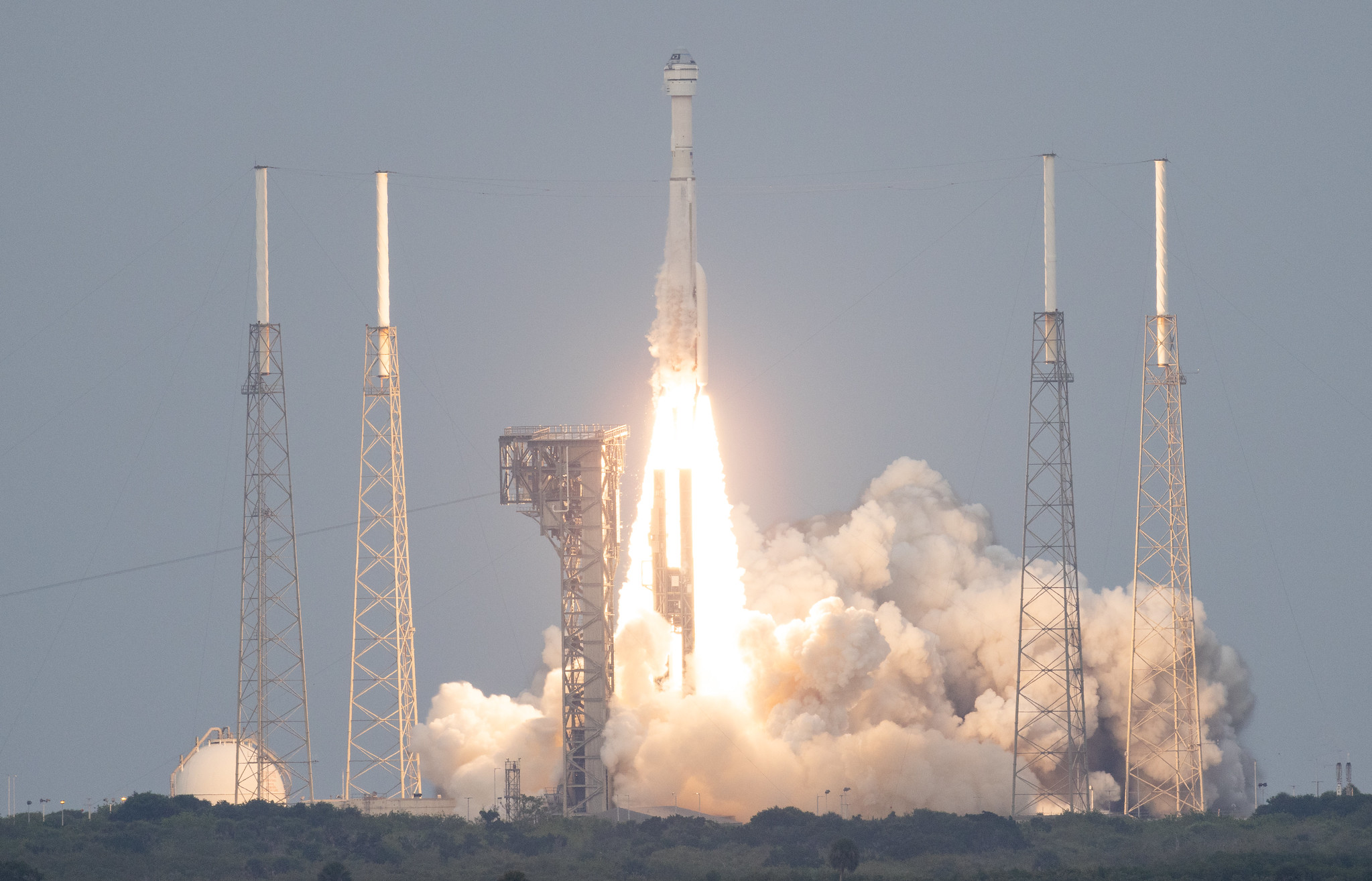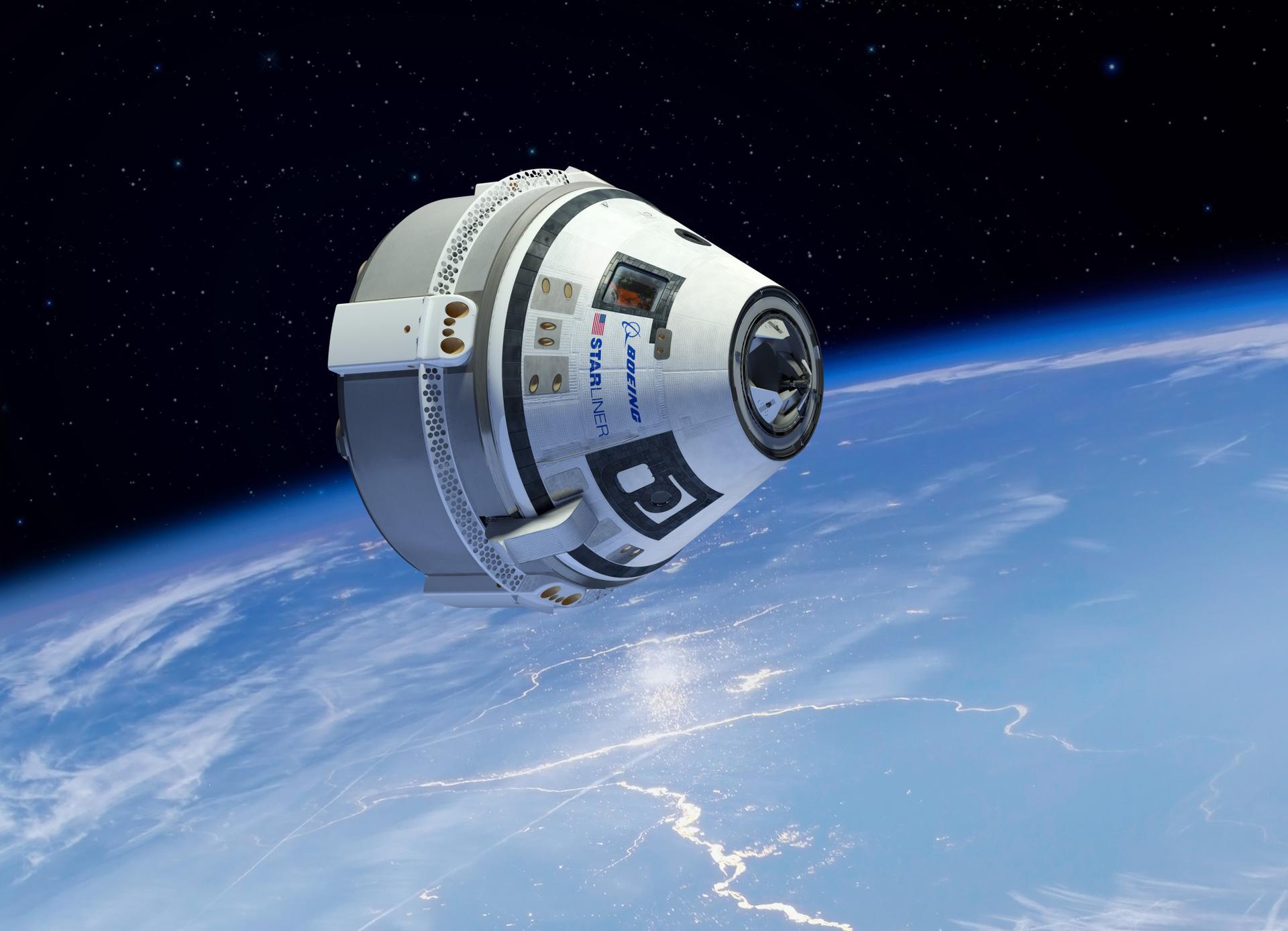Launch Details: Starliner Launch Today

Starliner launch today – The Starliner spacecraft is scheduled to launch on May 19, 2023, at 6:55 AM Eastern Time from Space Launch Complex 41 at Cape Canaveral Space Force Station in Florida. The spacecraft will be launched atop a United Launch Alliance Atlas V rocket and will carry a crew of two NASA astronauts, Barry “Butch” Wilmore and Sunita Williams.
The much-anticipated Starliner launch today marks a significant milestone in space exploration. As we eagerly await the successful deployment of this spacecraft, we cannot help but recall the extraordinary achievements of astronauts like Sunita Williams , who has logged over 322 days in space and served as the first female commander of the International Space Station.
Her unwavering dedication and resilience inspire us as we witness the launch of Starliner today, a testament to the boundless possibilities that lie ahead in the realm of space travel.
Mission Objectives
The primary objective of the Starliner mission is to demonstrate the spacecraft’s ability to safely and reliably transport astronauts to and from the International Space Station. The mission will also test the spacecraft’s systems, including its launch, docking, and re-entry capabilities.
Amidst the anticipation for Starliner’s launch today, our minds turn to the acolyte time, a period of watchful waiting and preparation. The acolyte time serves as a reminder of the meticulous efforts that precede such momentous events. As we eagerly await the Starliner’s ascent, we can draw inspiration from the acolyte’s unwavering dedication and the importance of patience in the pursuit of excellence.
Crew Members, Starliner launch today
- Barry “Butch” Wilmore is a retired NASA astronaut who has flown on three previous space missions, including two Space Shuttle missions and one International Space Station mission.
- Sunita Williams is a retired NASA astronaut who has flown on two previous space missions, both to the International Space Station.
Technical Specifications

The Starliner spacecraft is a reusable spacecraft designed for transporting astronauts and cargo to and from low Earth orbit (LEO). It is developed by Boeing as part of NASA’s Commercial Crew Program (CCP).
The Starliner is a conical-shaped spacecraft with a diameter of 4.5 meters (14.8 feet) and a height of 5.0 meters (16.4 feet). It has a dry mass of 6,600 kilograms (14,550 pounds) and a maximum launch mass of 12,000 kilograms (26,455 pounds).
The Starliner is powered by a single Aerojet Rocketdyne RL10 engine, which provides 22,000 pounds of thrust. The spacecraft also has 28 Aerojet Rocketdyne R-4D thrusters, which are used for attitude control and maneuvering.
The Starliner is equipped with a variety of sensors and instruments, including a star tracker, an inertial navigation system, and a GPS receiver. It also has a docking system that allows it to connect to the International Space Station (ISS).
The Starliner is designed to be reusable up to 10 times. It is expected to make its first crewed flight to the ISS in 2023.
Propulsion Systems
The Starliner spacecraft is powered by a single Aerojet Rocketdyne RL10 engine, which provides 22,000 pounds of thrust. The RL10 is a liquid-fueled engine that burns liquid hydrogen and liquid oxygen. It is a very efficient engine, with a specific impulse of 465 seconds.
The Starliner also has 28 Aerojet Rocketdyne R-4D thrusters, which are used for attitude control and maneuvering. The R-4D thrusters are solid-fueled rockets that provide 250 pounds of thrust each.
The Starliner’s propulsion systems are designed to provide the spacecraft with the necessary power and control to reach and maintain orbit, as well as to perform maneuvers such as docking and undocking.
Mission Timeline and Objectives
The Starliner mission is scheduled to unfold over several days, with a series of critical milestones and events. The primary objectives of the mission include docking with the International Space Station (ISS) and conducting scientific experiments.
The mission timeline is as follows:
- Launch: The Starliner spacecraft will launch atop an Atlas V rocket from Cape Canaveral, Florida.
- Orbit insertion: The Starliner will enter orbit around Earth.
- Rendezvous with ISS: The Starliner will rendezvous with the ISS and dock with the station’s Harmony module.
- Crew transfer: The Starliner crew will transfer to the ISS.
- Scientific experiments: The crew will conduct a series of scientific experiments on the ISS.
- Return to Earth: The Starliner will undock from the ISS and return to Earth, landing in the Pacific Ocean.
The Starliner launch today is a testament to the ingenuity and determination of our engineers. It’s a reminder that even the most ambitious goals can be achieved with perseverance and the right tools. Just like Master Torbin , who overcame countless obstacles to become a legendary wizard, the Starliner team has shown us that anything is possible.
Today’s launch is a triumph of human spirit and a beacon of hope for the future of space exploration.
Today’s Starliner launch marks a significant milestone in space exploration, reigniting hopes for future human missions to Mars. As the spacecraft embarks on its journey, we are reminded of the complexities of human endeavor. Like the infamous Alec Baldwin incident, unexpected events can occur, highlighting the need for meticulous preparation and unwavering determination.
Yet, like Starliner’s unwavering trajectory, the pursuit of our dreams in the face of adversity continues to inspire.
Today, the Starliner is set to launch, marking a significant milestone in space exploration. Meanwhile, Rotten Tomatoes: The Acolyte has been garnering attention for its fresh and intriguing take on the Star Wars universe. As the Starliner embarks on its journey, we can’t help but draw parallels to the captivating adventures that await us in the upcoming series.